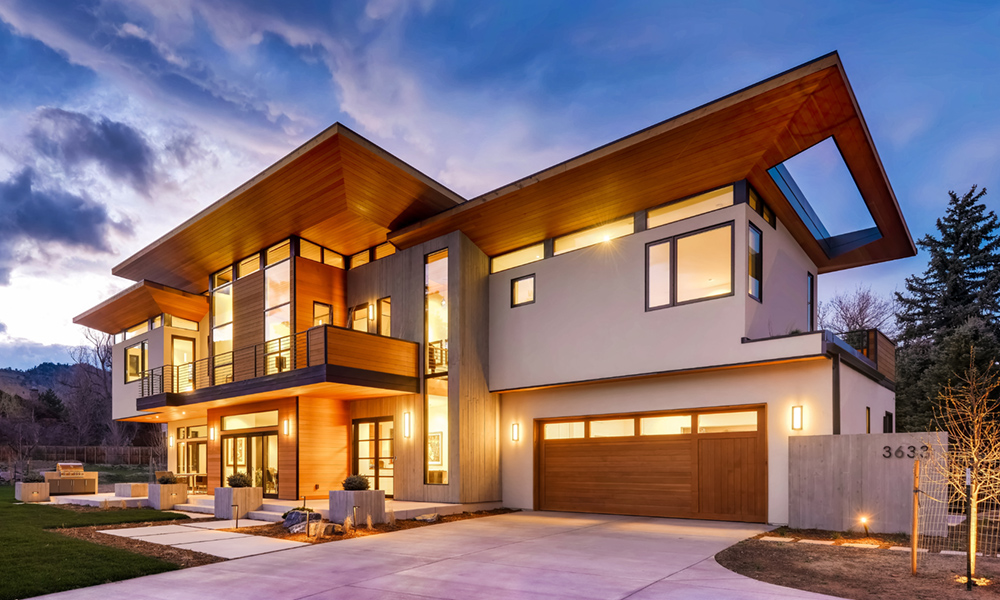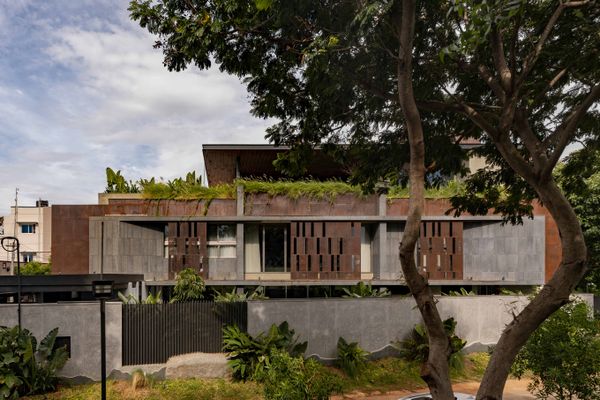
Designing a custom home is a unique process that blends creativity, technical knowledge, and a deep understanding of the homeowner’s needs. When done right, it results in a space that not only looks beautiful but functions perfectly for the lifestyle of the people who live there. Skilled professionals play a critical role in shaping these homes, ensuring each design decision supports both aesthetic appeal and practical use.
Understanding the Client’s Vision
The first step in any custom home design is understanding the client’s desires. Residential architects spend time listening to their clients and learning about their lifestyles, preferences, and long-term goals. This collaborative process allows the architect to gain a clear picture of the client’s vision, which forms the foundation for all subsequent design decisions.
Homeowners may have a specific style in mind—modern, rustic, or traditional—or they may need guidance in discovering what works best for their lifestyle. The key is to ensure the final design reflects both the client’s personality and practical needs, creating a home that is uniquely theirs.
Designing for Functionality
A home must not only look good but also function well for everyday life. A well-designed space promotes comfort, convenience, and efficiency. Architects carefully plan room sizes, furniture arrangements, and the flow between spaces to maximize usability. For example, a family may need large, open areas for shared activities, while a couple with a home office might prefer quiet, private spaces. Thoughtful planning ensures every area serves a purpose and meets the unique needs of the inhabitants.
Incorporating Style and Aesthetics

Every custom home tells a story through its design choices. Whether the client’s taste is sleek and modern, charmingly traditional, or eclectic and unique, the design must reflect these preferences in a harmonious way. An expert architect can help homeowners choose the right materials, colors, and finishes to bring their vision to life.
The key is creating a balanced aesthetic that complements both the surrounding environment and the homeowner’s individual style. This may include selecting architectural features like open-plan living areas, large windows for natural light, or customized storage solutions. The result is a home that feels cohesive and personal while still being inviting and functional.
Expertise in Building Codes and Regulations
Designing a custom home involves much more than just the aesthetic and functional elements. It also requires a thorough understanding of local building codes, zoning laws, and other regulations. Experts in home design are well-versed in these legal requirements and ensure that the home complies with all necessary standards.
From structural integrity to safety features, building codes help ensure that homes are safe and durable. Navigating these rules can be complex, but an experienced professional helps smooth the process. They ensure that the project stays on track and complies with all legal guidelines.
Collaboration with Contractors and Builders
Once the design is finalized, the next step is bringing it to life. This requires close collaboration between the design and construction teams. While the design sets the vision, the builders must turn it into reality. The designer works closely with contractors to ensure the home is built as planned, maintaining quality throughout. Whether adjusting to challenges or overseeing specific details, the designer plays a key role in keeping the project on track and on time.
Custom homes are more than just buildings; they are reflections of the people who live in them. By working with residential architects, homeowners can ensure that their new home is a perfect fit for their lifestyle. With careful planning and expert design, a home can become a functional and stylish sanctuary perfectly suited to the people who call it home.








